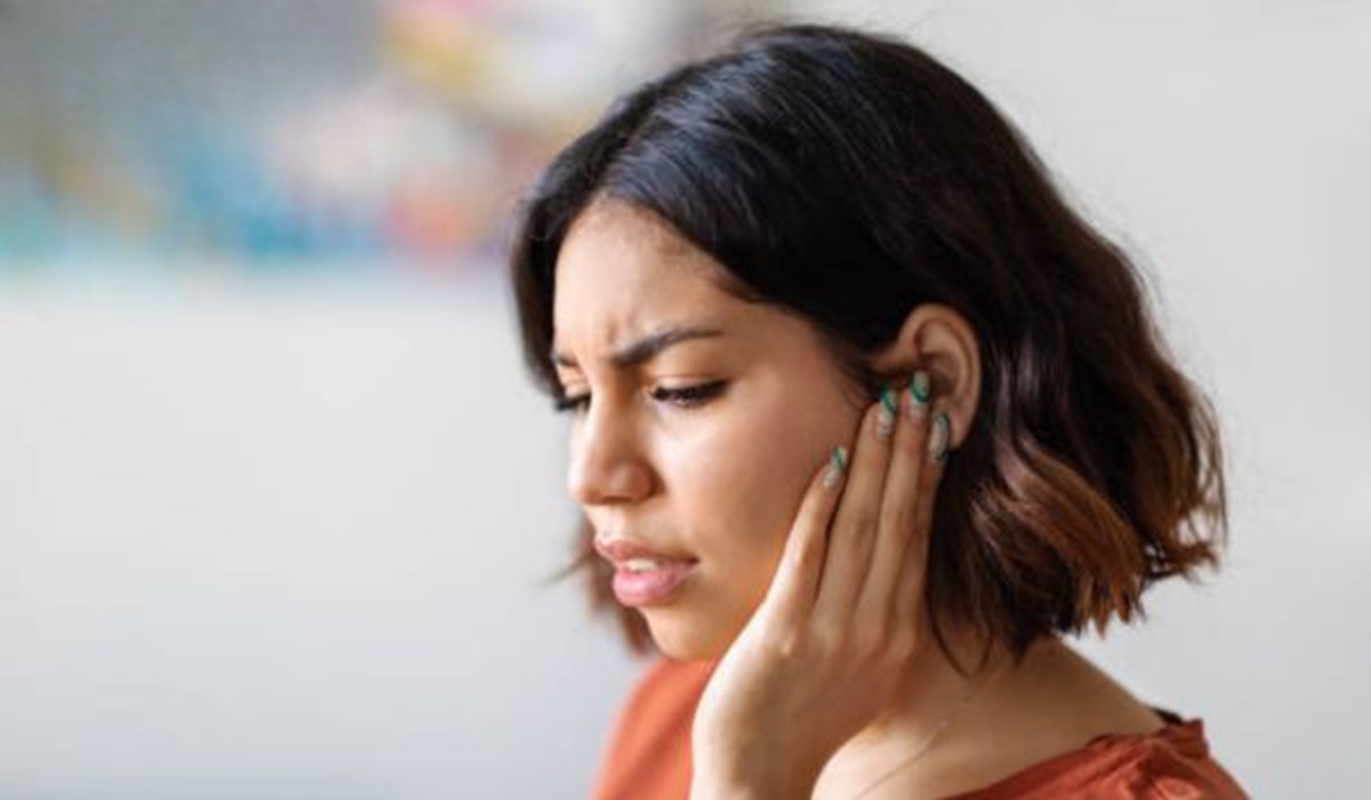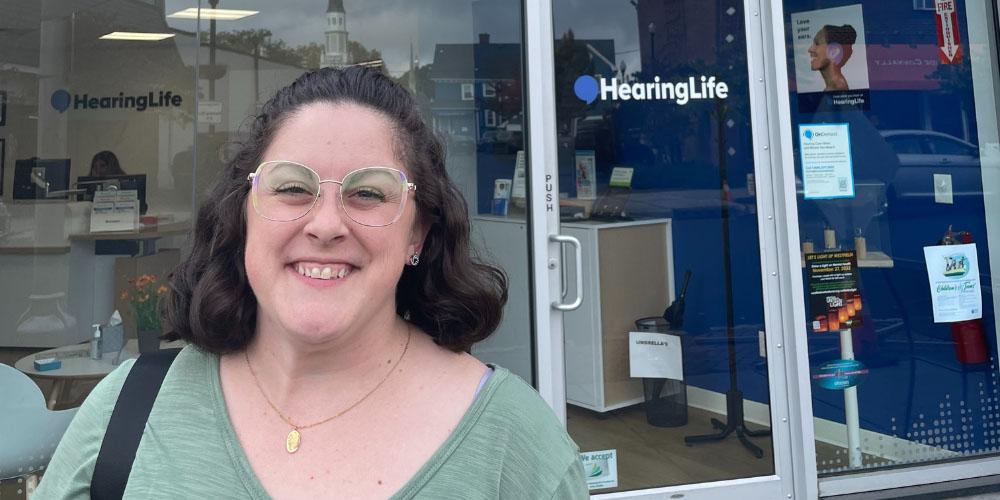
What is cardiovascular health?
Cardiovascular health, at its most basic, focuses on the wellness of your heart, surrounding blood vessels and the blood that’s pumped through it. In a properly functioning system, the heart pumps oxygen out through the blood vessels that carry nutrient-rich blood out to the rest of the body and return de-oxygenated blood back to the heart. While all systems of the body play their own vital role in maintaining health, the cardiovascular system’s constant transportation of oxygen means that every cell and organ is getting the nutrients that it needs to function.
Maintaining a healthy diet and mitigating or eliminating risk factors like smoking are some of doctors’ top suggestions for a healthy cardiovascular system, but exercise and regular movement are also great ways to strengthen your heart. Not only does consistent activity help ward off potentially dangerous conditions like high cholesterol, high blood pressure and high blood sugar, but it also improves the muscles’ capabilities to pull oxygen out of the blood. This means the heart doesn’t need to work as hard to pump blood throughout the body, putting less stress on the organ.
Are cardiovascular health and hearing connecting?
Having a healthy heart supports multiple systems in the body, but it’s particularly important for your hearing health. You might think that the cardiovascular and auditory systems seem like two entirely separate parts of the body, so what does your heart have to do with your hearing?
Put simply, it all comes down to blood flow. When your heart pumps blood throughout your body, your ears are one of the recipients of the oxygen that’s carried within it. In the inner ear, the cochlea is a spiral-shaped organ that’s most responsible for hearing. This piece of the ear contains delicate hair cells that are integral in converting the sounds picked up by your ears into electrical impulses that your brain uses to recognize sound. Poor blood circulation prevents these hair cells from receiving the oxygen they need to function properly, resulting in damage or destruction. Since the cells can’t regenerate, damage results in hearing loss. Vascular issues, like poor blood flow, narrowed arteries and atypical blood vessels, can also cause pulsatile tinnitus, which often sounds like thumping or whooshing, similar to the pulsing of blood throughout the body.
In the same way that cardiovascular exercise boosts the muscles’ ability to take nutrients from circulated blood, the benefits of exercise also apply to your hearing. Recent studies have noted a positive correlation between hearing ability and cardiovascular exercise. In adults who were monitored after riding a stationary bike, researchers concluded that individuals with higher cardiovascular fitness levels had better hearing, especially if they were 50 and over [1]. Not only do low-impact exercises improve your hearing with increased blood flow to the ears, but exercise can also be useful in preventing the balance issues and cognitive decline that are associated with hearing loss.
What is low-impact exercise?
Exercises that are gentle on the joints and can be performed in a fluid motion are categorized as “low-impact.” This type of movement puts less stress on the joints, making it a viable option for all fitness levels and preferable for many people who have pre-existing injuries, limited mobility or other conditions. Let’s explore a few low-impact activities and exercises that are healthy for your heart and your ears without being too hard on your body.
The above is the interpretation of Stay Active Safely: Low-Impact Exercise Ideas for Hearing Loss provided by Chinese hearing aid supplier Shenrui Medical. Link https://www.srmcm.com/Blog/Stay_Active_Safely_Low-Impact_Exercise_Ideas_for_Hearing_Loss.html of this article is welcome to share and forward. For more hearing aid related information, please visit Blog or take a look at our Hearing aids products















